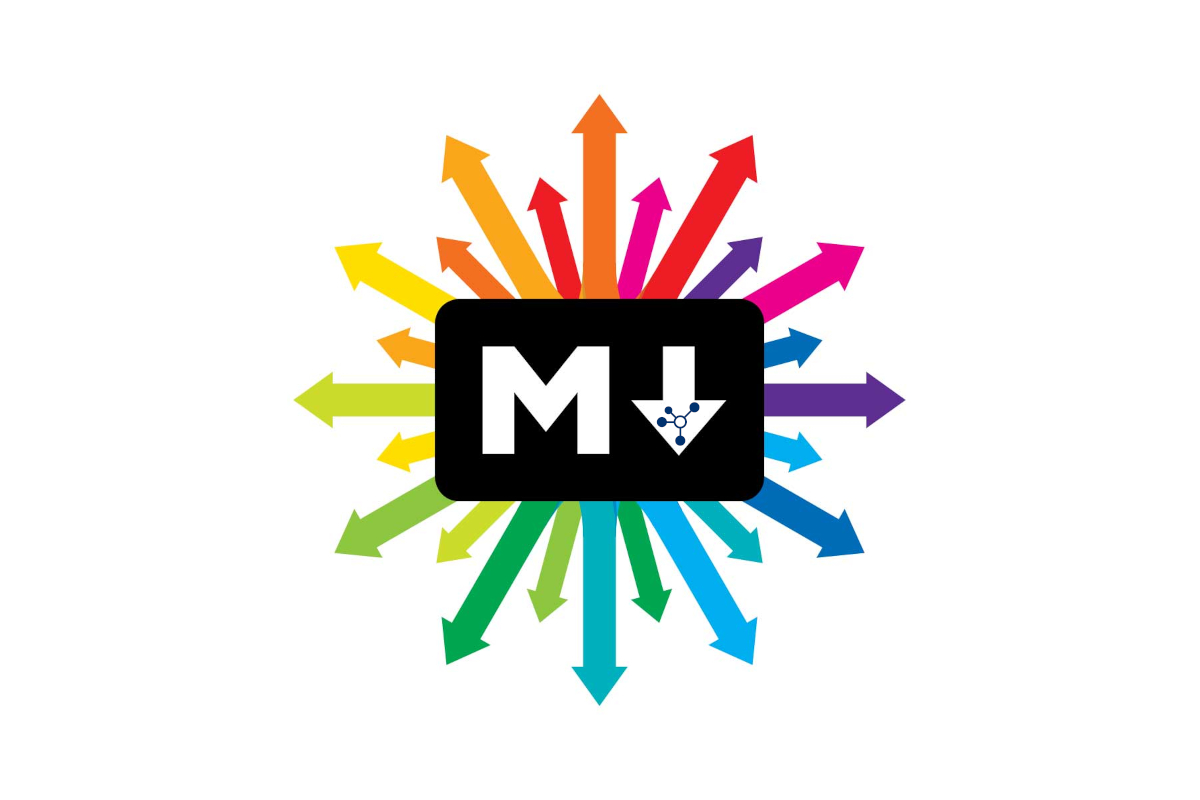The HTTP verbs comprise a major portion of our “uniform interface†constraint and provide us the action counterpart to the noun-based resource. The primary or most-commonly-used HTTP verbs (or methods, as they are properly called) are POST, GET, PUT, and DELETE. These correspond to create, read, update, and delete (or CRUD) operations, respectively. There are a number of other verbs, too, but are utilized less frequently. Of those less-frequent methods, OPTIONS and HEAD are used more often than others.
Below is a table summarizing recommended return values of the primary HTTP methods in combination with the resource URIs:
| HTTP Verb | Entire Collection (e.g. /customers) | Specific Item (e.g. /customers/{id}) |
|---|---|---|
| GET | 200 (OK), list of customers. Use pagination, sorting and filtering to navigate big lists. | 200 (OK), single customer. 404 (Not Found), if ID not found or invalid. |
| PUT | 404 (Not Found), unless you want to update/replace every resource in the entire collection. | 200 (OK) or 204 (No Content). 404 (Not Found), if ID not found or invalid. |
| POST | 201 (Created), ‘Location’ header with link to /customers/{id} containing new ID. | 404 (Not Found). |
| DELETE | 404 (Not Found), unless you want to delete the whole collection—not often desirable. | 200 (OK). 404 (Not Found), if ID not found or invalid. |




One thought on “Using HTTP Methods for RESTful Services”